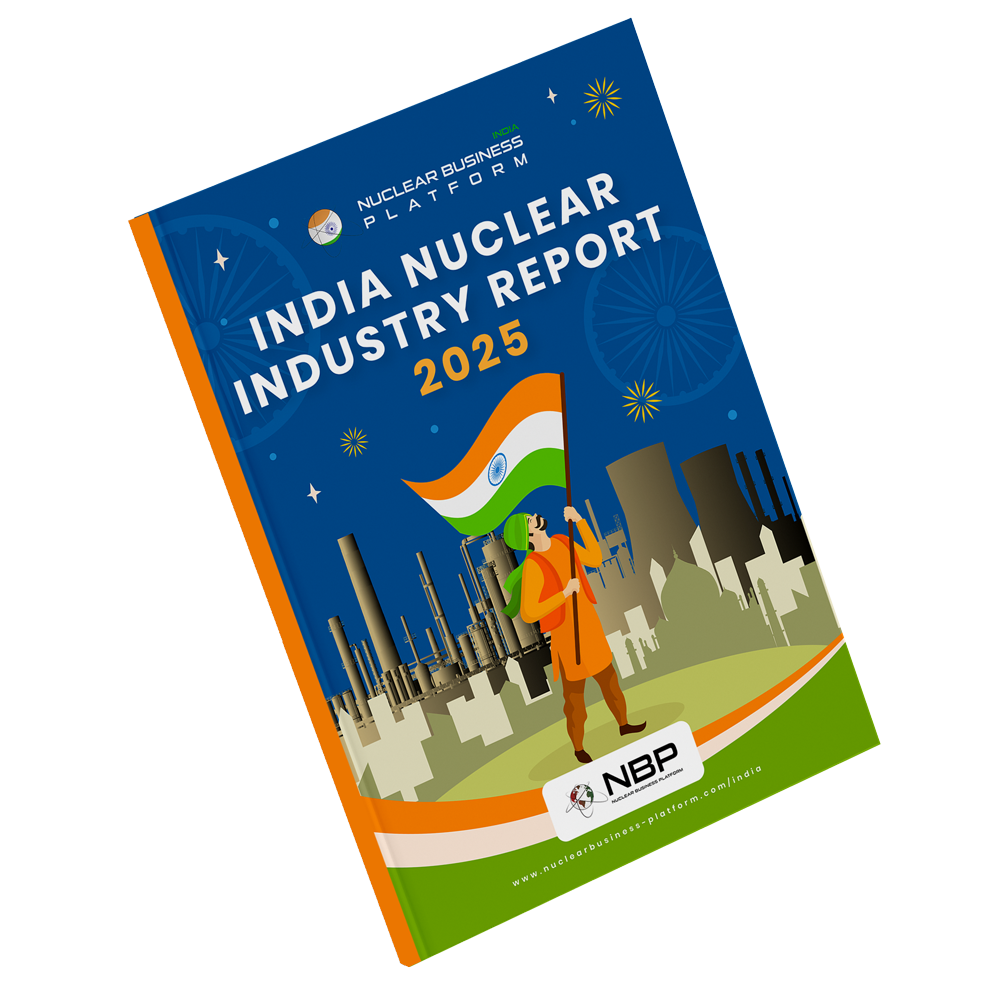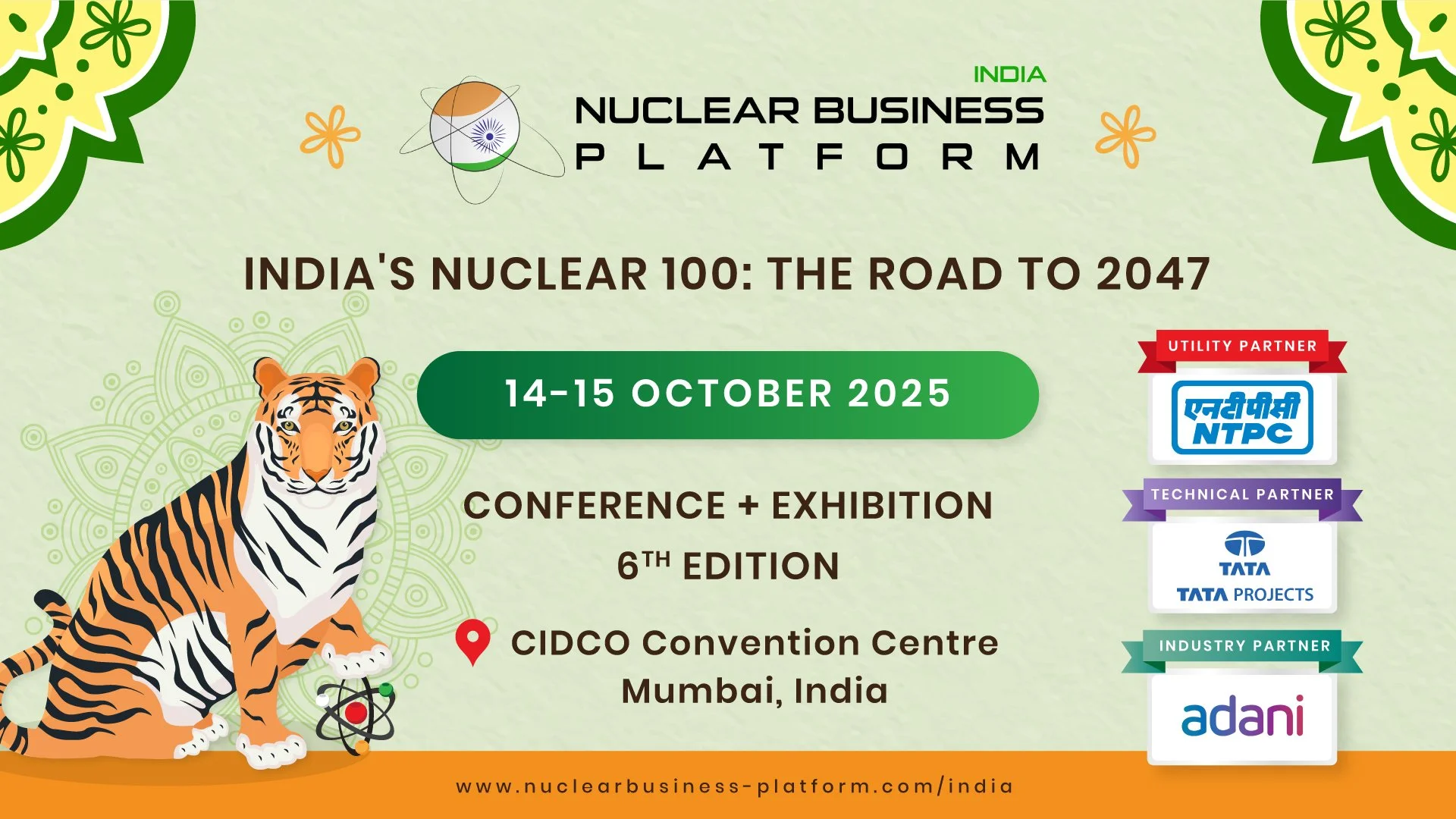India’s Strategy to Unlock 100 GW Nuclear Power
New Delhi, August 7, 2025 – In a landmark announcement today, the Indian government outlined its Nuclear Energy Mission for Viksit Bharat, targeting a nuclear power capacity of 100 gigawatts (GW) by 2047. Delivered via a written reply in the Lok Sabha by Union Minister of State Dr. Jitendra Singh, the plan positions nuclear energy as a critical driver toward India’s net-zero emissions goal by 2070, a move that could inspire global climate action. The mission aims to boost power production with minimal carbon emissions, replacing fossil fuel-based plants that currently meet base load demands, with deployments planned across greenfield and brownfield sites, captive units, and off-grid locations in remote areas. A key feature is the active partnership with the private sector and the research and development of Small Modular Reactors (SMRs), alongside advanced technologies, opening doors for international collaboration.
The initiative includes three indigenous SMR designs by the Bhabha Atomic Research Centre (BARC): a 200 MWe Bharat Small Modular Reactor, a 55 MWe SMR, and a 5 MWth High Temperature Gas Cooled Reactor tailored for hydrogen production to decarbonize the transport sector. In-principle approval has been secured, with construction of demonstration units at Department of Atomic Energy (DAE) sites, in partnership with the Nuclear Power Corporation of India Ltd (NPCIL), slated to begin within 60–72 months after administrative sanction. These plants will also serve as captive power units and repurpose retiring fossil fuel plants, enhancing industrial decarbonization. India’s current nuclear capacity stands at 8,780 MW from 24 reactors, excluding the shut-down RAPS-1 (100 MW), with recent commercial operations at KAPS-3 & 4 (2x700 MW) and RAPP-7 (700 MW). An additional 13,600 MW from 18 reactors, including the 500 MW Prototype Fast Breeder Reactor by BHAVINI, is under construction, pushing the total to 22,380 MW upon completion.
The 100 GW target will leverage existing technologies and new innovations, supported by substantial uranium reserves—433,800 tons of in-situ U3O8 across 47 deposits, with a recent 26,437-ton discovery in Jharkhand’s Jaduguda North - Baglasai Mechua area. Safety remains paramount, with plants designed under defense-in-depth, redundancy, and fail-safe principles, monitored by the Atomic Energy Regulatory Board (AERB) to ensure multiple barriers against radioactivity. This bold strategy, experts note, could position India as a global leader in clean energy innovation.
🇮🇳 India Nuclear Business Platform (INBP) 2025, offers a premier platform for international stakeholders to forge partnerships with Indian regulators, utilities, and industry leaders. Join us to showcase innovative nuclear solutions, explore investment prospects, and shape India’s nuclear renaissance.
INBP 2025 is held in partnership with NTPC, Tata and Adani. It is scheduled for 14-15 October at the Taj Lands End in Mumbai.
🔗 𝐑𝐞𝐚𝐝𝐲 𝐭𝐨 𝐓𝐚𝐩 𝐢𝐧𝐭𝐨 𝐈𝐧𝐝𝐢𝐚’𝐬 𝐍𝐮𝐜𝐥𝐞𝐚𝐫 𝐆𝐫𝐨𝐰𝐭𝐡? 𝐃𝐨𝐰𝐧𝐥𝐨𝐚𝐝 𝐭𝐡𝐞 𝐁𝐫𝐨𝐜𝐡𝐮𝐫𝐞!
Discover the full agenda, speakers, and opportunities awaiting you at INBP 2025. Download the event brochure now.



